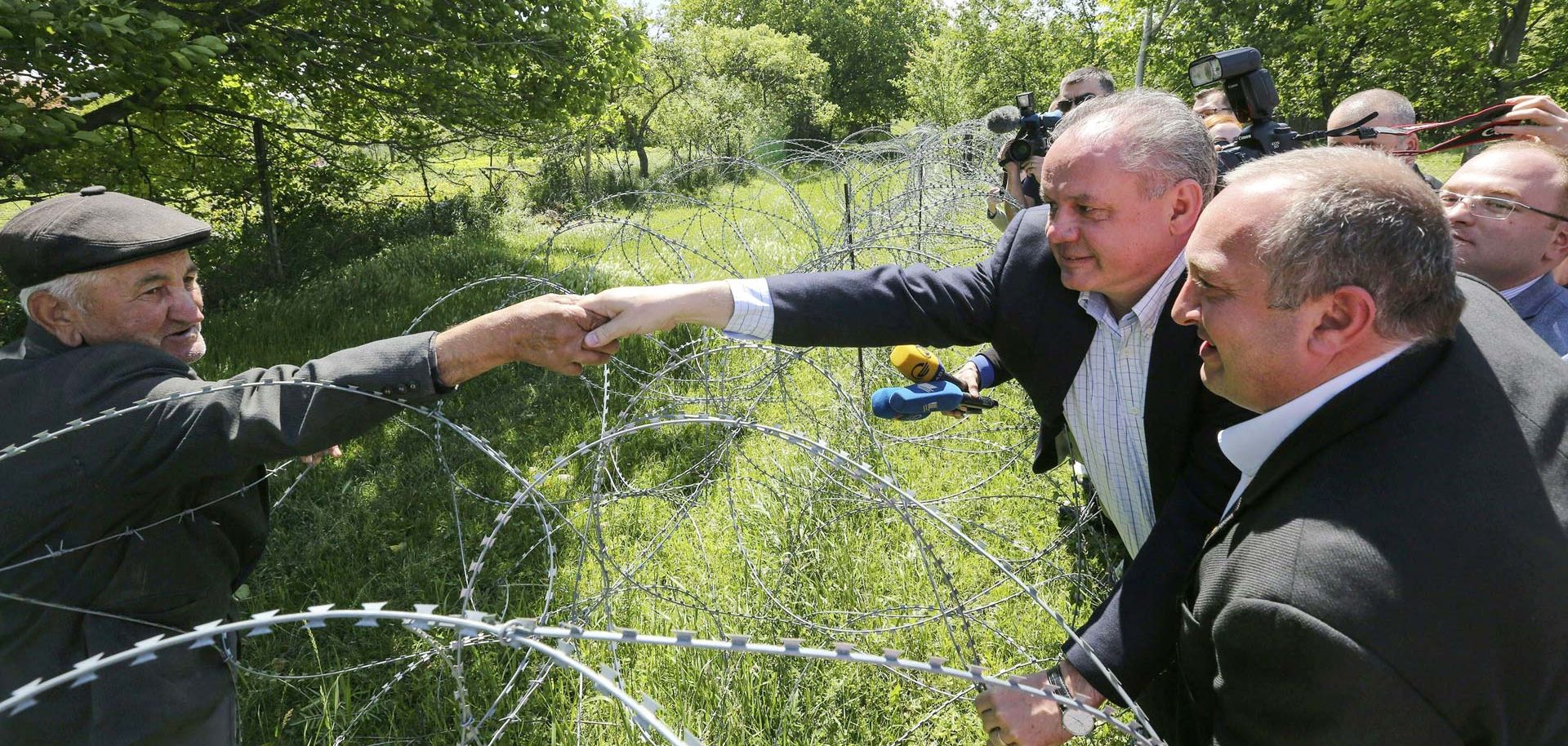Since the collapse of the Soviet Union in 1991, pro-Russia breakaway territories have figured prominently in the Eurasian political landscape. The breakaway phenomenon actually began under the Soviet Union during Mikhail Gorbachev's era of reduced (yet still strong) centralized control in the late 1980s and early 1990s. At the time of his rule, a series of nationalist and independence movements arose to challenge Moscow's grip as did regional movements trying to break away from their republics.
This was particularly true in areas where ethnic and cultural minorities were concentrated. The most notable hot spots were in the Abkhazian and South Ossetian regions of the Soviet republic of Georgia, the majority Slavic region of Transdniestria in the republic of Moldova and in the majority Armenian region of Nagorno-Karabakh in Azerbaijan. As Moscow's control and authority over the Soviet republics weakened, tensions grew. Eventually armed conflict broke out. And when the Soviet Union...

